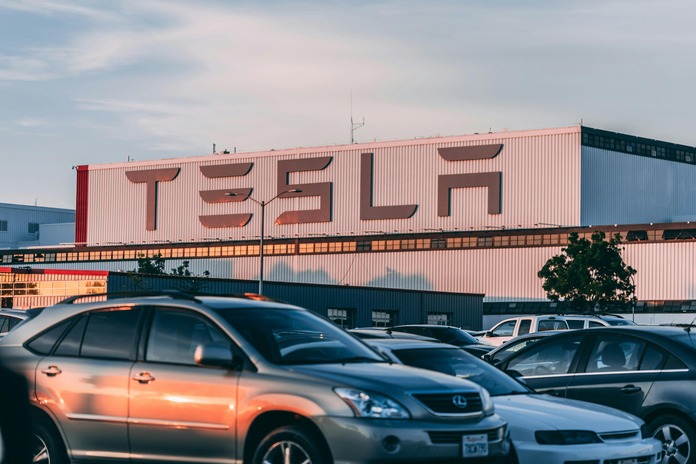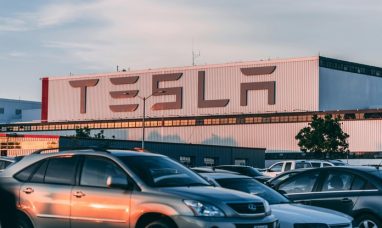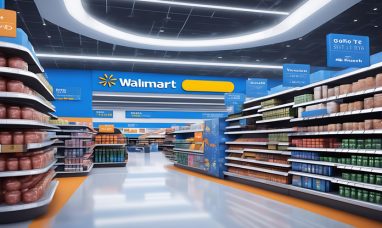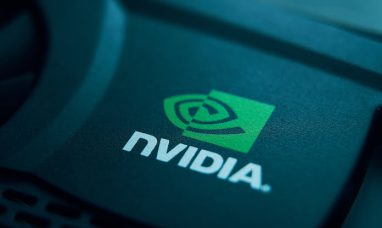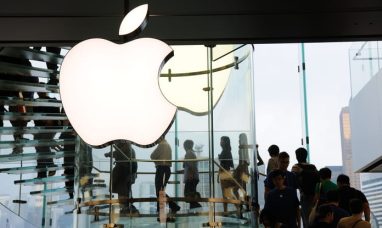Tesla Inc. (NASDAQ:TSLA) just delivered record-breaking third-quarter results — but CEO Elon Musk believes the real story is only beginning. The company’s latest earnings report marks what Musk called a “critical inflection point” powered by Tesla AI innovations that could redefine how people move, work, and live.
The electric vehicle leader reported $4 billion in free cash flow and boosted total cash and investments to more than $41 billion. Tesla’s global deliveries rose sharply — up 33% in Greater China, 29% in Asia-Pacific, and 28% in North America. These milestones, executives say, set the stage for a massive scaling of Tesla’s artificial intelligence operations, including Full Self-Driving (FSD) and the robotaxi network.
Travis Axelrod, Tesla’s Vice President of Investor Relations, captured the company’s vision: “People just don’t quite appreciate the degree to which this will take off. It’s honestly going to be like a shockwave.”
With a market capitalization of $1.53 trillion, Tesla remains the largest automaker in the world. TSLA stock has soared nearly 80% over the past year, showing that investors are beginning to price in the company’s expanding role in AI-driven industries.
Tesla’s Real-World AI Edge
Tesla’s technological advantage lies in its unmatched access to real-world AI data. The company’s FSD software has accumulated six billion miles of driving data, an enormous dataset that continually improves its autonomous driving algorithms.
Tesla’s robotaxi program has already logged 1.25 million miles in Austin and the Bay Area, with plans to remove human safety drivers in Austin by the end of the year. Expansion plans are underway for up to ten additional metro areas, including Nevada, Florida, and Arizona — all pending regulatory approval.
Despite this progress, only 12% of Tesla’s vehicle fleet currently subscribes to FSD, suggesting enormous untapped monetization potential. As regulatory acceptance grows in regions like Europe and China, adoption could surge.
Tesla’s latest FSD Version 14 aims to make driving feel more natural, with reasoning capabilities that allow cars to make intuitive parking and navigation decisions. Musk described this next leap as making the car feel “alive,” a reflection of how deeply integrated Tesla AI innovations have become in the company’s vision.
Tesla’s Hardware and AI Synergy
Tesla is also reshaping how AI hardware is designed. Its upcoming AI5 chip promises up to 40 times the performance of its predecessor, the AI4, by focusing exclusively on Tesla’s needs. This contrasts with chips from Nvidia (NASDAQ:NVDA), which must serve a broader customer base.
By merging proprietary AI hardware with real-world driving data, Tesla strengthens its competitive moat — one that becomes increasingly difficult for rivals to replicate as the dataset expands.
Beyond Vehicles: Energy and Robotics
While Tesla AI innovations dominate headlines, the company’s energy division is quietly achieving record success. Tesla’s Megapack 3 and upcoming Megapack 4 are addressing global grid constraints, helping stabilize electricity supplies as demand surges from AI data centers.
Even with more than $400 million in tariff headwinds, the energy business posted record profits and margins. Management believes that U.S. energy capacity could effectively double through battery storage without new power plants — a potential game-changer in sustainable infrastructure.
Tesla’s most ambitious AI project may be the Optimus humanoid robot, set for production by late 2026. The company plans to build 1 million units annually, leveraging its scale and AI expertise to commercialize human-like robotics. Musk has called Optimus “the most valuable product ever developed,” emphasizing its potential to transform labor markets.
What’s Next for TSLA Stock?
Analysts are divided on TSLA stock. Revenue is projected to dip 3% year-over-year in 2025, with net income down 31.6%, but long-term growth forecasts remain strong. Between 2025 and 2029, Tesla’s revenue could rise 24.7% annually, with earnings expanding at a 60% compound annual growth rate (CAGR).
If Tesla hits these ambitious targets, the stock could gain 40% in the next 40 months, assuming a 75x earnings multiple.
Currently, 42 analysts cover TSLA stock, with an average “Hold” rating and a $377 price target — about 17% below the current share price.
Yet for believers in Tesla AI innovations, analysts’ caution may represent opportunity. As autonomous driving, robotics, and AI-powered energy converge, Tesla could once again prove that it’s not just an automaker — it’s a force reshaping the future of technology itself.
Featured Image: Pexels © Craig Adderley



